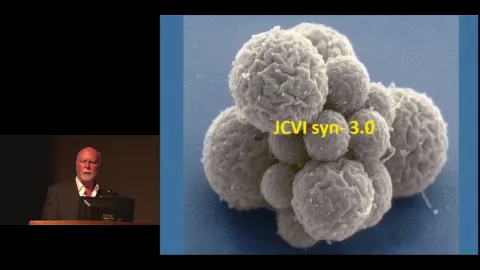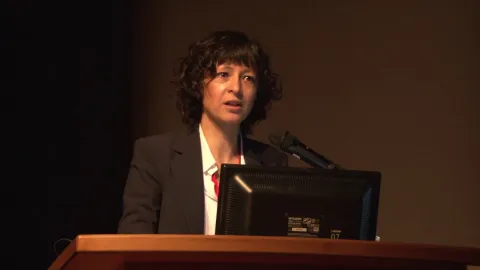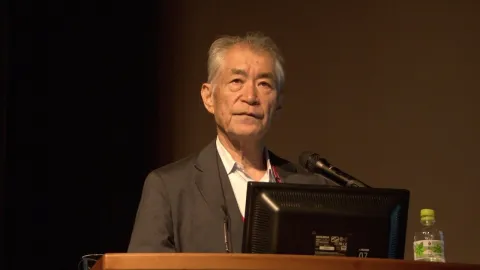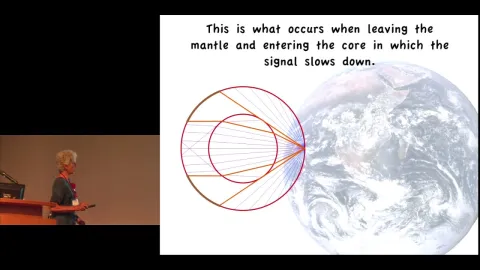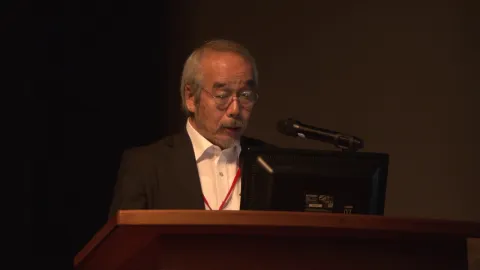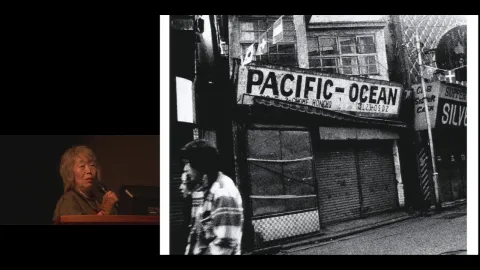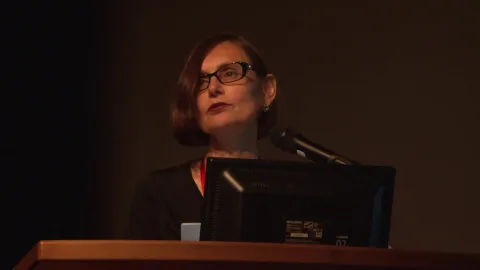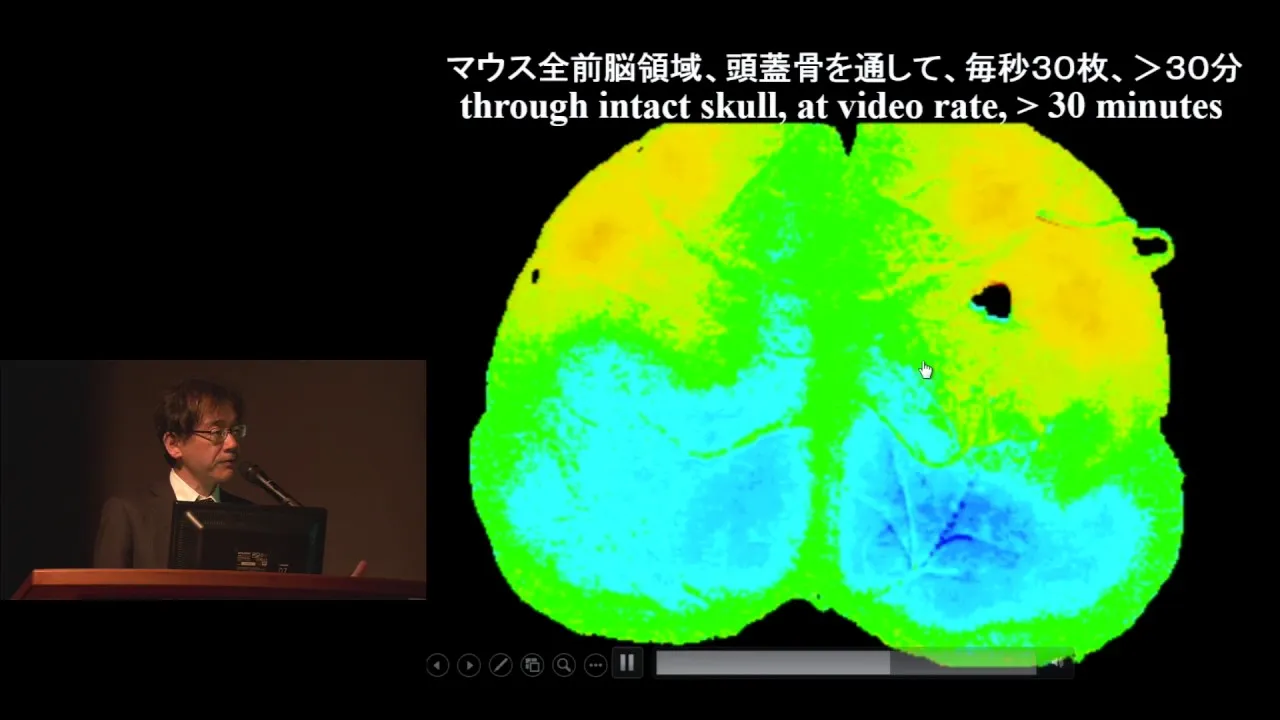
3rd Kyoto University-Inamori Foundation Joint Kyoto Prize Symposium
http://kuip.hq.kyoto-u.ac.jp/
https://ocw.kyoto-u.ac.jp/en/opencourse-en/158
July 10, 2016
[Biotechnology and Medical Technology]
Atsushi Miyawaki
Deputy Director, RIKEN Brain Science Institute
Laboratory Head, Laboratory for Cell Function Dynamics, RIKEN Brain Science Institute / Laboratory Head, Biotechnological Optics Research Team, RIKEN Center for Advanced Photonics
Title of Presentation
“Cruising inside cells”
The behavior of biochemical molecules moving around in cells makes me think of a school of whales wandering in the ocean, captured by the Argus system on the artificial satellite. When bringing a whale back into the sea --- with a transmitter on its dorsal fin, every staff member hopes that it will return safely to a school of its species. A transmitter is now minute in size, but it was not this way before. There used to be some concern that a whale fitted with a transmitter could be given the cold shoulder and thus ostracized by other whales for “wearing something annoying.” How is whale’s wandering related to the tide or a shoal of small fish? What kind of interaction is there among different species of whales? We human beings have attempted to fully understand this fellow creature in the sea both during and since the age of whale fishing.
In a live cell imaging experiment, a luminescent probe replaces a transmitter. We label a luminescent probe on a specific region of a biological molecule and bring it back into a cell. We can then visualize how the biological molecule behaves in response to external stimulation. Since luminescence is a physical phenomenon, we can extract various kinds of information by making full use of its characteristics.
Cruising inside cells in a supermicro corps, gliding down in a microtubule like a roller coaster, pushing our ways through a jungle of chromatin while hoisting a flag of nuclear localization signal --- we are reminded to retain a playful and adventurous perspective at all times. What matters is mobilizing all capabilities of science and giving full play to our imagination. We believe that serendipitous findings can arise out of such a sportive mind, a frame of mind that prevails when enjoying whale-watching.
Over the past two decades, various genetically encoded probes have been generated principally using fluorescent proteins. I will discuss how the probes have advanced our understanding of the spatio-temporal regulation of biological functions, such as cell-cycle progression, autophagy, and metabolism, inside cells, neurons, embryos, and brains. I will also speculate on how these approaches will continue to improve due to the various features of fluorescent proteins.
この動画は、クリエイティブ・コモンズ・ライセンス“Attribution-NonCommercial-ShareAlike (CC BY-NC-SA)”が付与されています。 私的学習のほか非営利かつ教育的な目的において、適切なクレジット表記をおこなうことで、共有、転載、改変などの二次利用がおこなえます。 コンテンツを改変し新たに教材などを作成・公開する場合は、同じライセンスを継承する必要があります。 詳細は、クリエイティブ・コモンズのウェブサイトをご参照ください。


